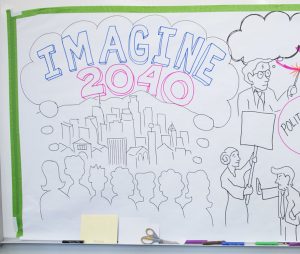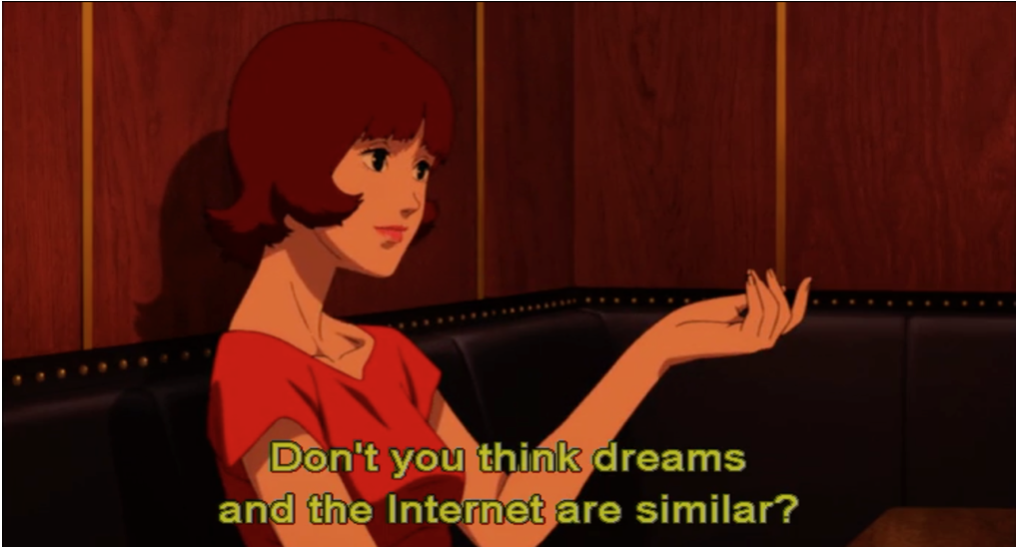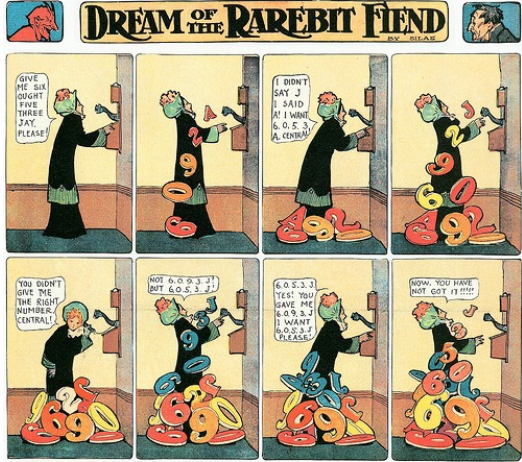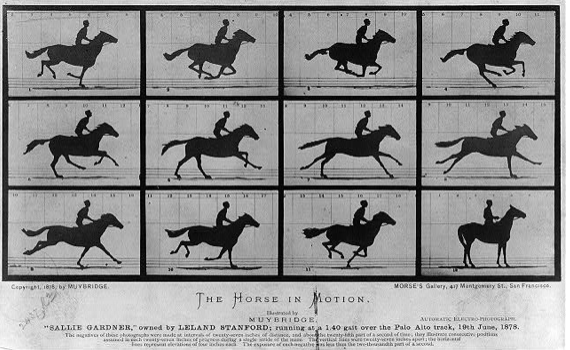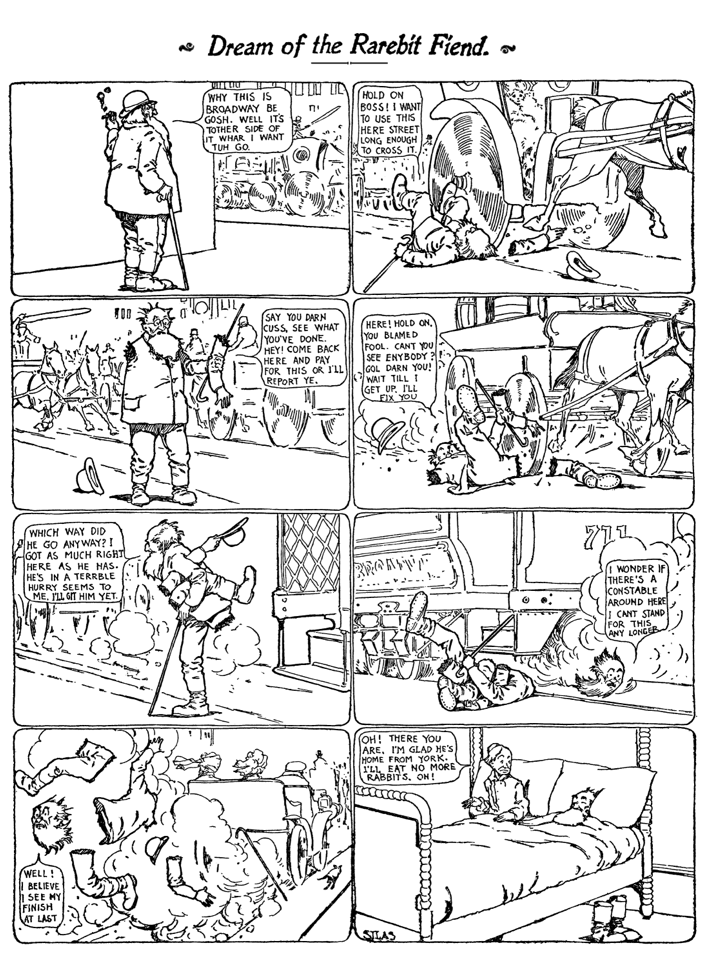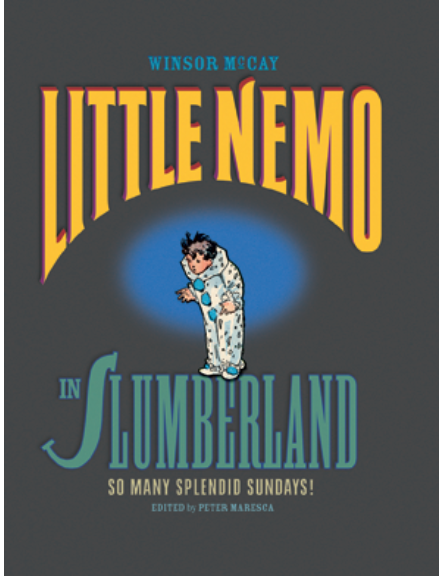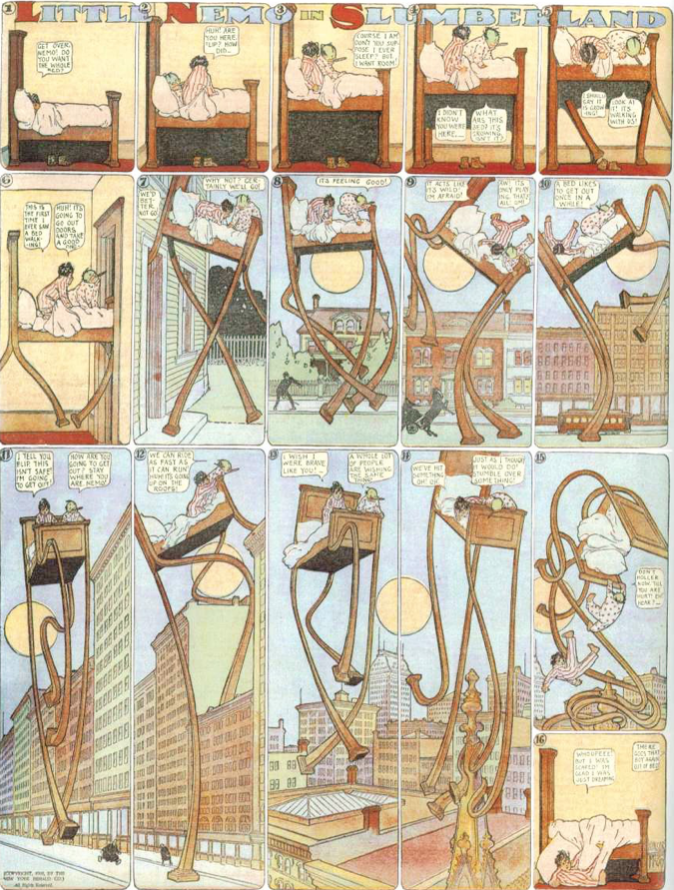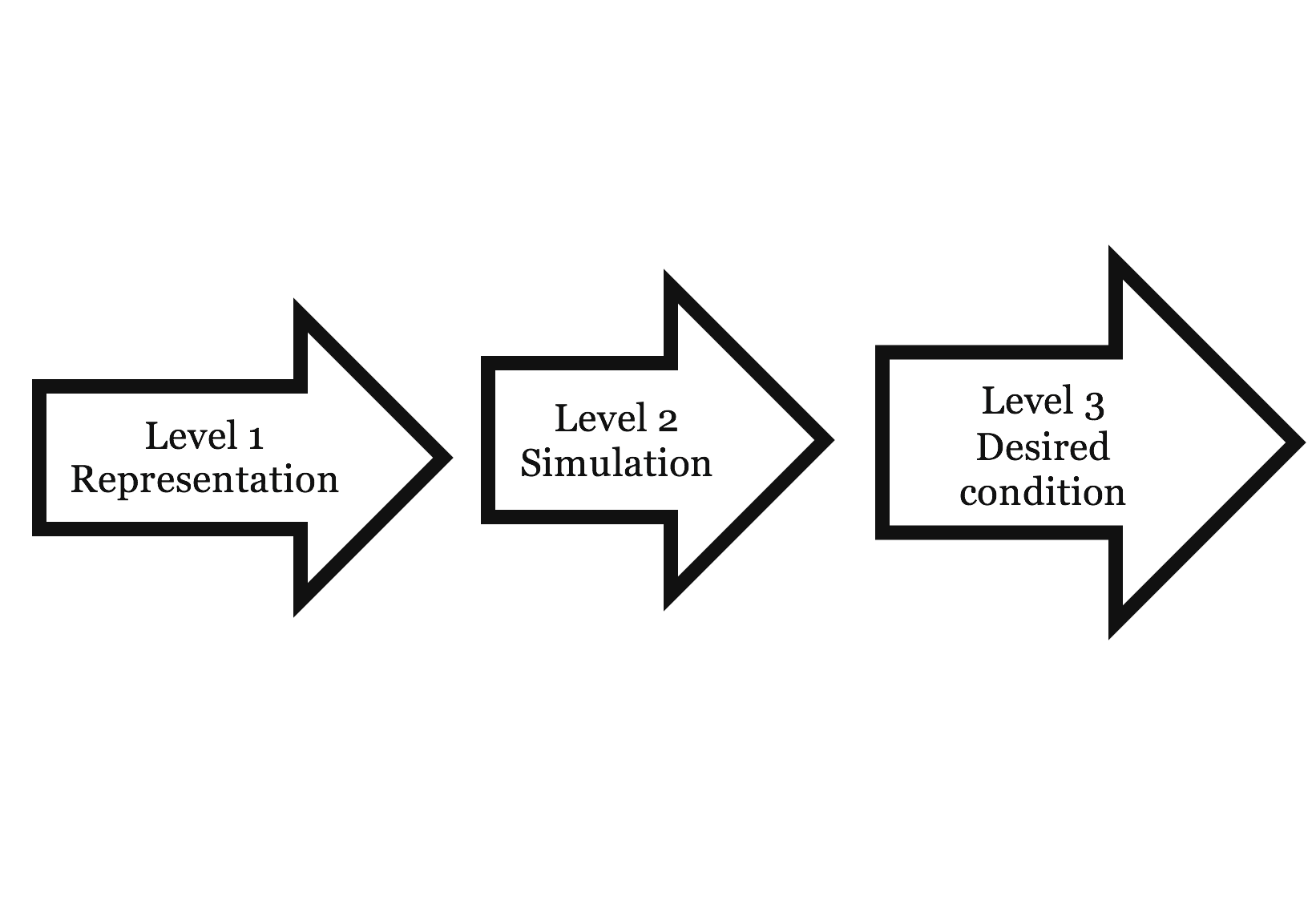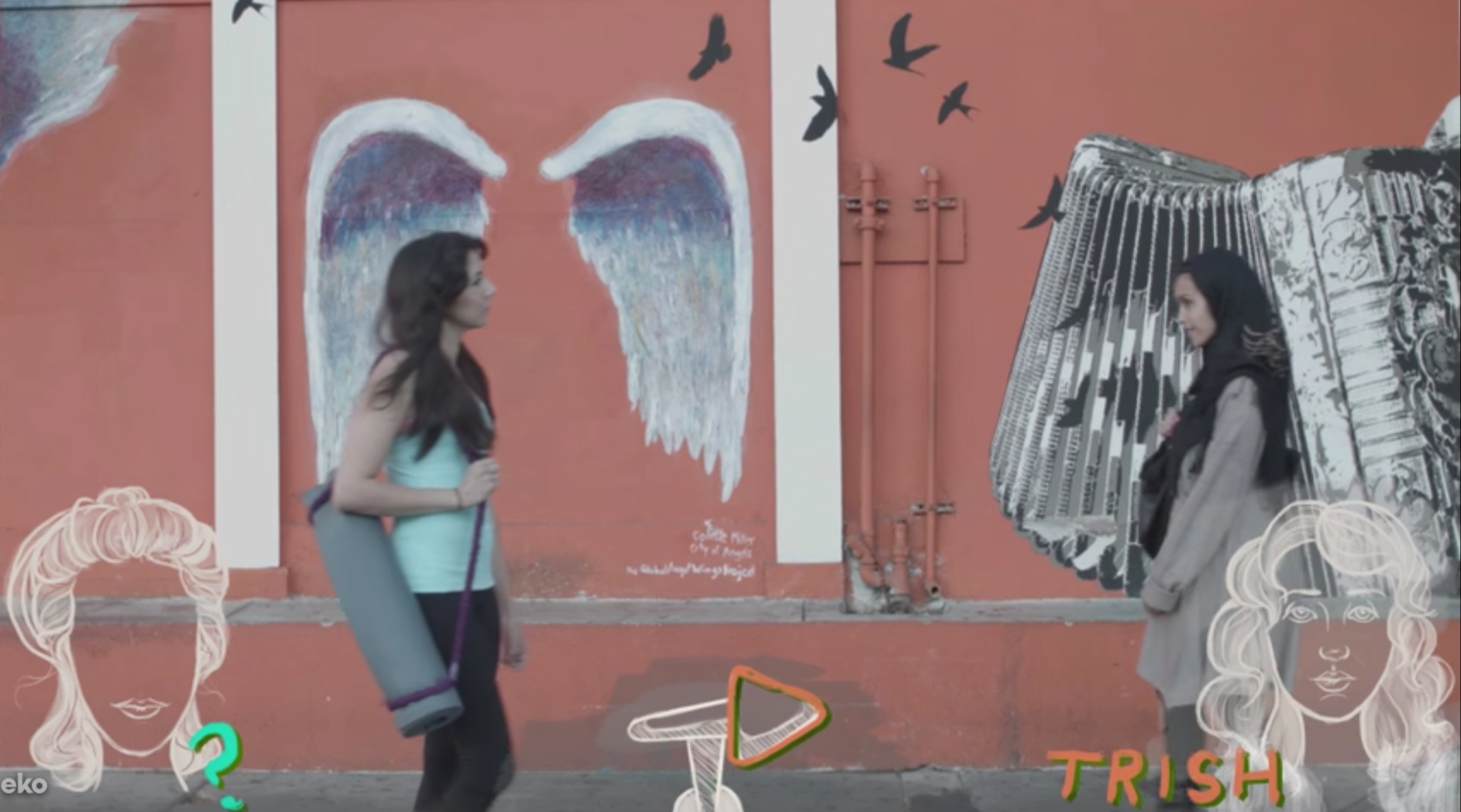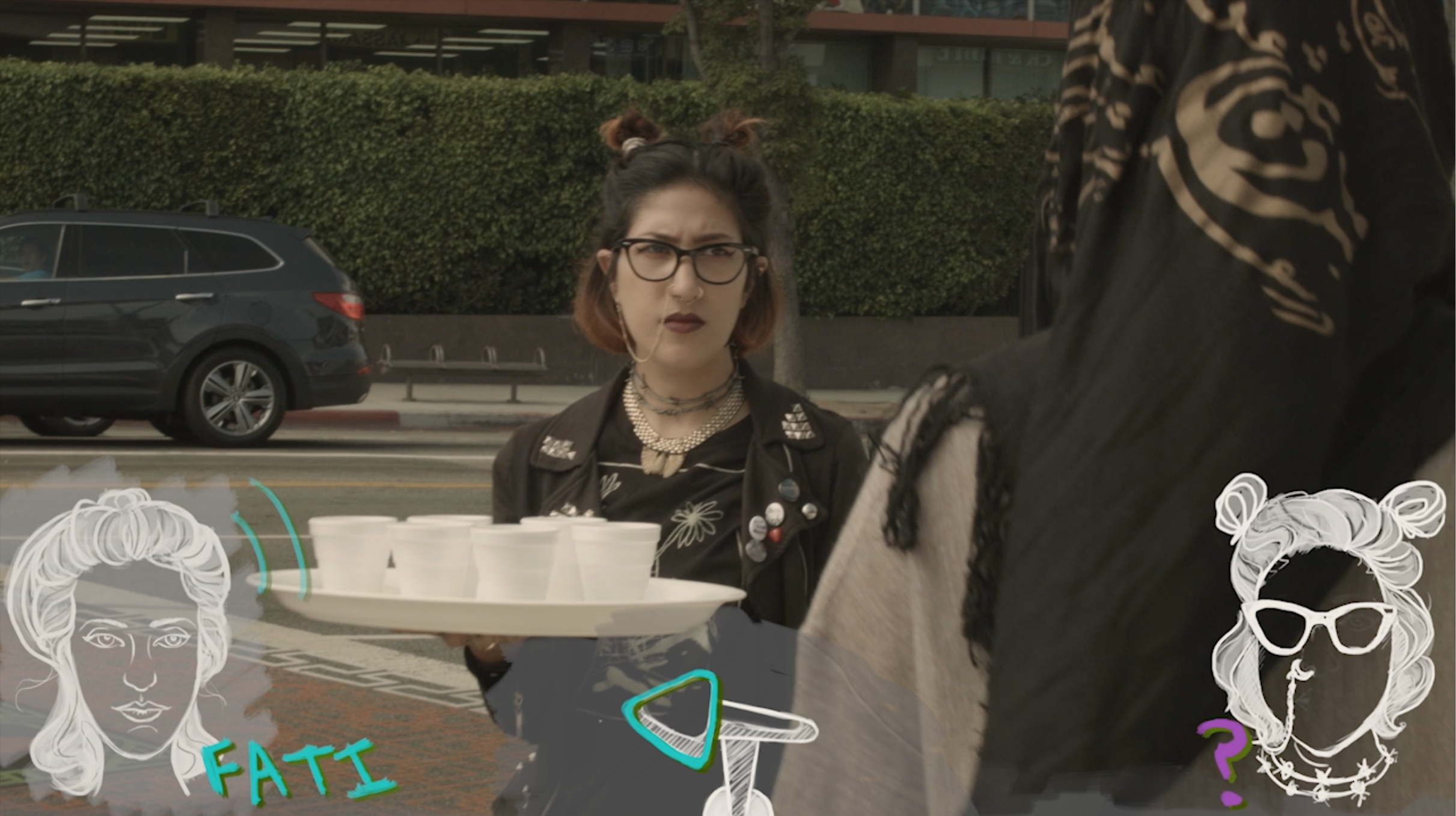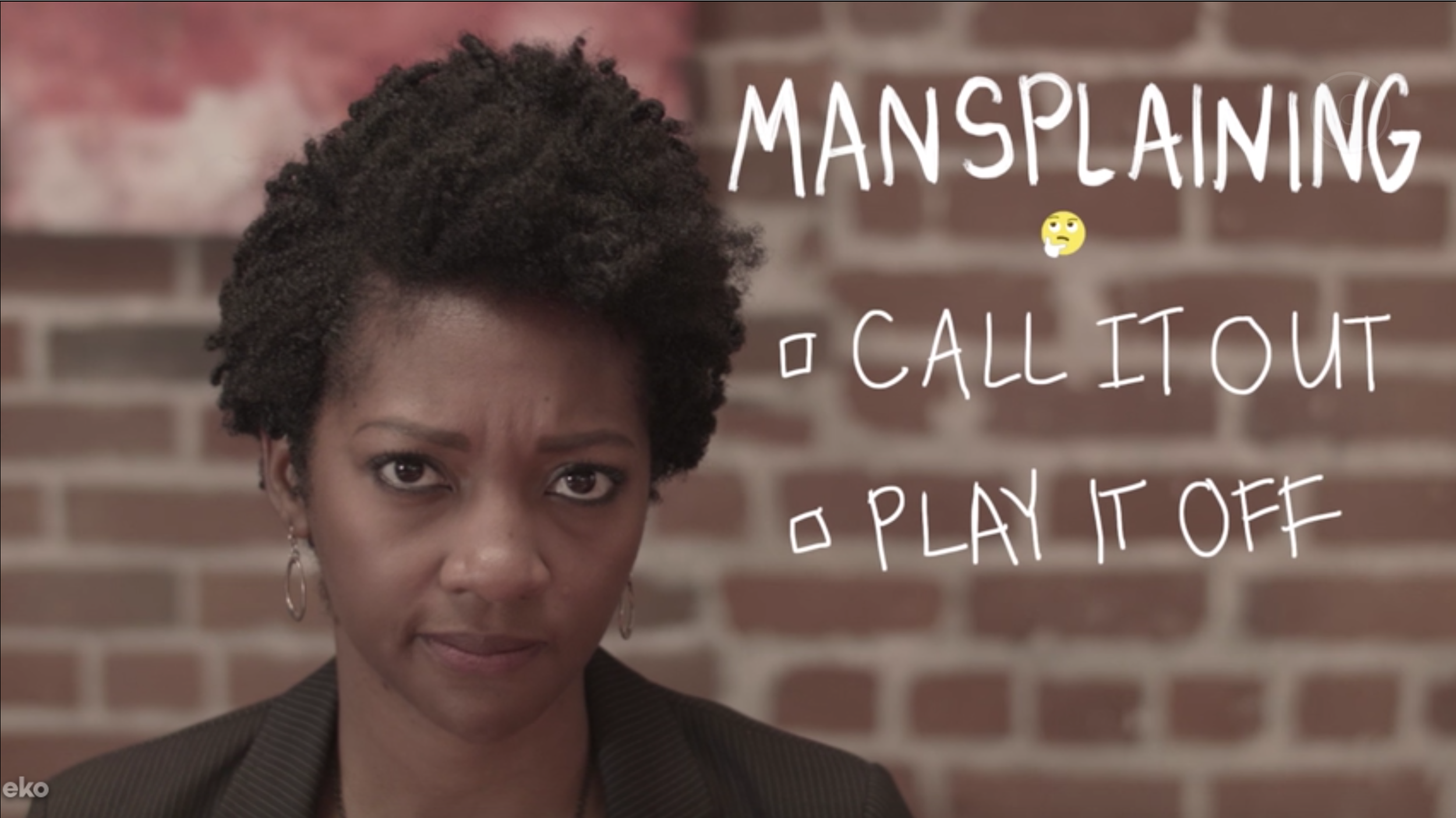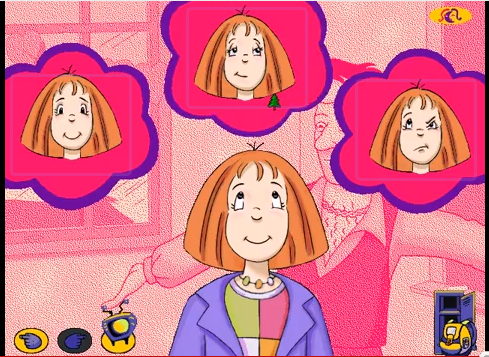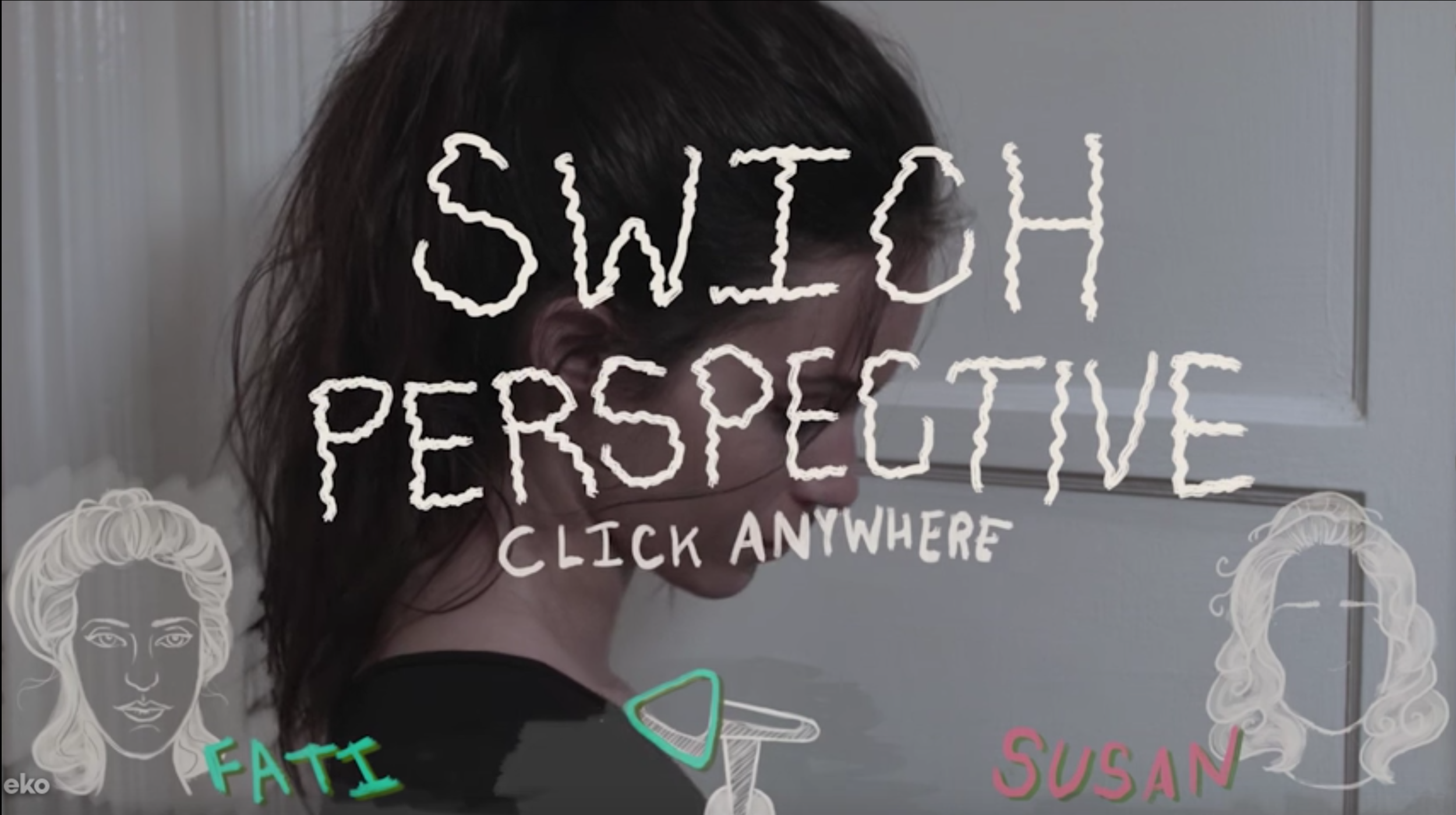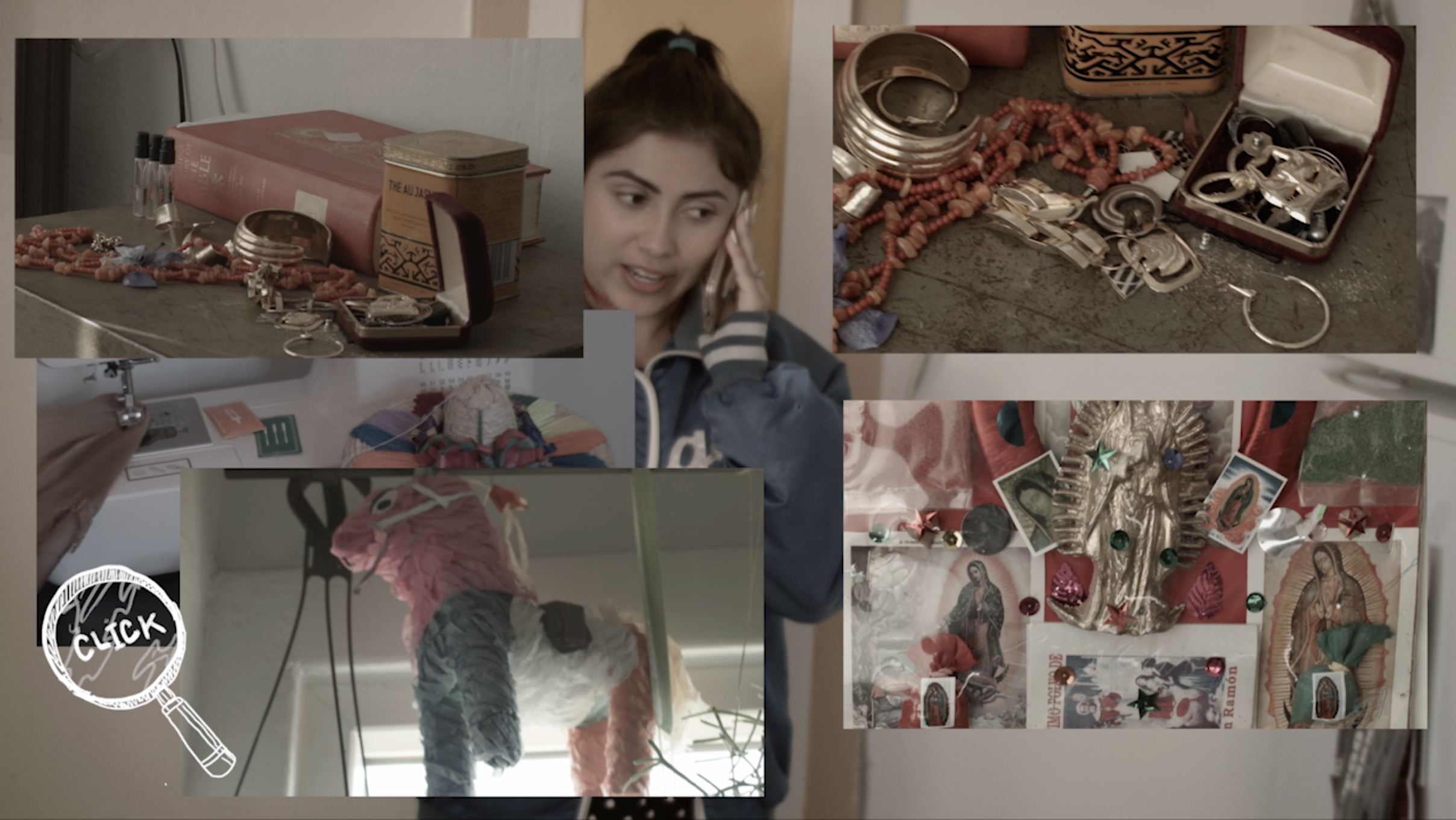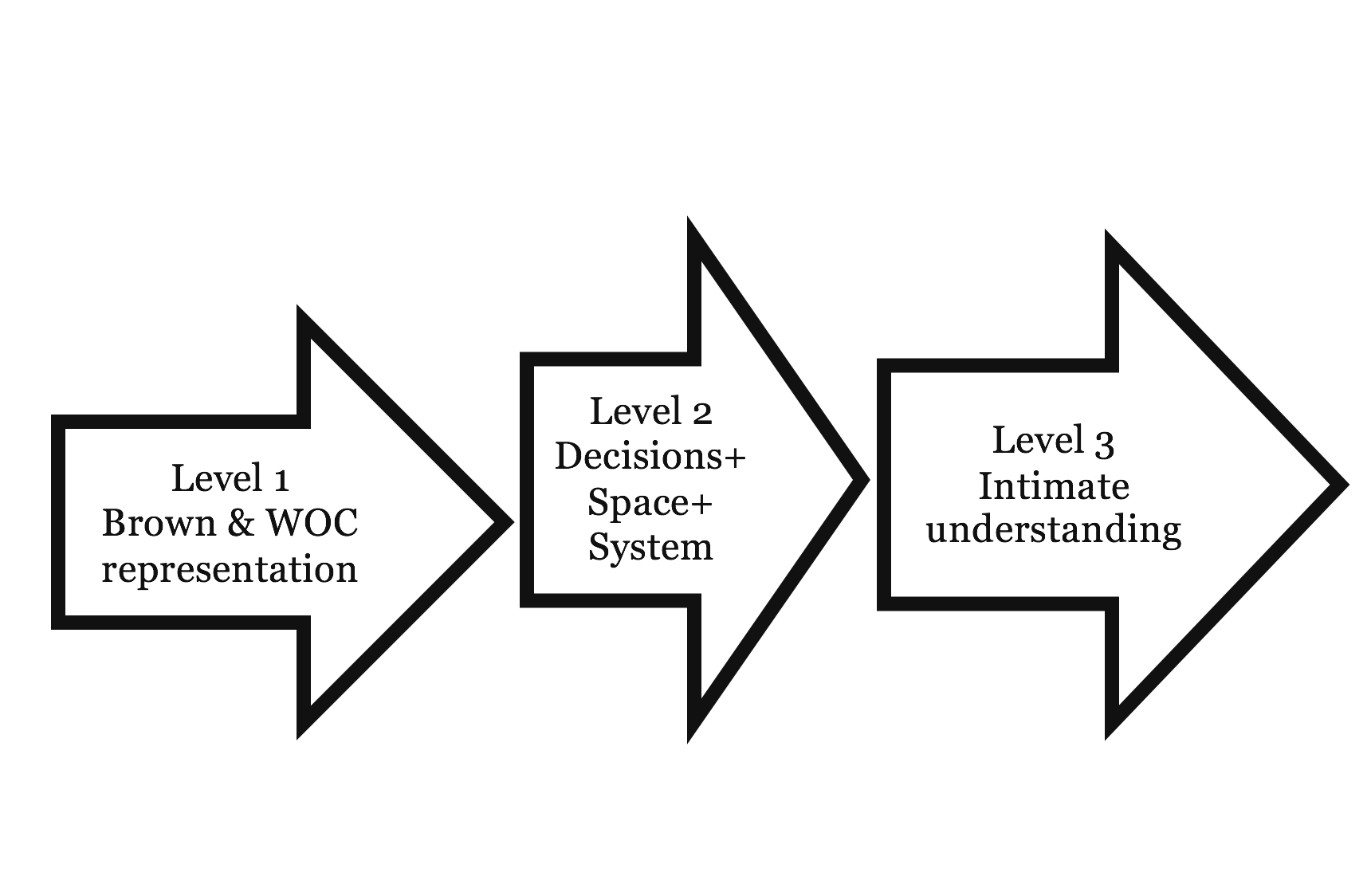Science Fiction and the Civic Imagination: Whose Future Does Science Fiction Foretell? (Part 2)
/Tok: You talked about your own particular areas of expertise. But what -- you know, having heard all these speakers, how do you think that your own projects sort of intersect with each other? How do they speak to each other’s projects? Nalo: Well, as writers we talk to each other a lot, particularly people who are writers of color or women writers, we see the commonalities in what we’re trying to write about. And we talk to each other. And last year, at UCR, my science fiction research cluster caught a Mellon grant to have a year of discussions about alternative futurisms.
So, for a year, we brought in -- our idea was that we have this almost -- got Afro futurism, we’ve got other types of ethnic futurisms and that the scholarship about talking to each other, this was a thing that we could start to foster. So, we brought people in, we brought in scholars, I brought in writers, we brought in film directors. And people just shared their work and talked about what they were doing. In a way it’s starting to generate some more connection amongst all these various visions, philosophy, scholarship. So, yes, we are talking to each other.
William: Yeah. I think it’s a great point about generalizing and engaging. This discussion is very difficult in the native studies world. I’m not native myself, and the feeling I get having been in this realm for a while is there’s sometimes a reasonalbe reaction against such inclusionary discourses. One of the reasons that indigenous science fiction is so relatively new, especially in film, is because there’s a sense that there’s been a silencing of people, which is part of settler colonialism and the imperial imagination in which indigenous peoples are relegated to a past in a way that other groups haven’t been—not that this is more or less vicious, but it’s a different process relating to time, history, and existence into the future.
And I think like many things with native studies, the genre is new and developing, and there’s hundreds and hundreds of groups, united by a similar dynamic in relation to history of settler and resource extraction colonial states. Often what the films share as far as a common thread is that they represent indigenous people as more complicated than popular depictions have done. So, it’s not reactionary, but rather shares a common language.
There’s a way in which they can be generalized a little bit more, speaking back to utopian, dystopian, and alien encounters. But that’s changing quickly. I think the first step into a genre is to learn the scales, and new films that are coming out, are much more outside of the typical subgenres. I think that a decade down the line, there’ll be a lot more of that. Because of the history of native studies as becoming relegated to the margins, there is perhaps a hesitancy to engage other futurisms before having a chance to further develop this genre.
Muhammad: My experience is that empathy is usually the key. If you can get people in these different communities to empathize really on their own or to seek out commonalities, if people are more willing to dialogue or even be more engaged in the other communities. And just to give you some examples, like within the Muslim community in the U.S., there’s a whole subgenre of sci-fi coming out, not just science fiction but whole ideology is inspired from what we would recognize as sci-fi themes coming out of the African-American community in which many of the other Muslim communities are not Arab or South Asians are not even aware of.
Yusuf Nuruddin has a really excellent article. It’s called -- urban -- it’s the approximate title, urban mythologies and -- extraterrestrials, urban mythologies and sci-fi jihad. It talks about, for example, some -- what I recognize as some of the fringe religious movements within the African-American Muslim communities in the last hundred years -- which are inspired from or which have sci-fi elements in them.
Another thing is that there’s actually a lot of material, as I mentioned earlier, that just because we are not aware of it does not mean that it doesn’t exist. So, for example, when we talk about sci-fi produced by Muslims, people generally tend to think about Arabs. But Arabs are actually just a small minority of Muslims around the world, for example. Or even in the U.S. Recently, I’m discovering that there’s sci-fi or proto sci-fi literature which has stories from 1930s in Eritrea, 1940s in Nigeria. I mean, I was not really aware of this until recently and I’ve been looking into this for the last 12 years or so, and I was really surprised that such material actually existed.
And part of the problem is that even the reason that I was surprised that such material exists. I think that it sounds problematic that we assume that such material does not exist. I should have not have assumed that. It’s just that we are conditioned to think in such a way. But I think things are changing. There’s more scholarship with respect to the areas or parts of the world that are previously neglected. So, I’m actually hopeful about the future.
Henry: So, we struggled with how to name this panel. And ended up with the term “foretell” to describe the relationship of science fiction to reality. And we worked through “predict,” “depict,” “imagine,” “recount,” “anticipate”, et cetera. All of which suggest slightly different relationships of science fiction to reality, none of which seems quite adequate to the task of explaining.
So, I think, running through your comments have been some implicit assumptions about how those things connect. But could you lay out a little more what models you have of the role of the imagination in relation to real world conditions and the potential for change?
William: A thought came to mind when you were mentioned that there’s very little Islamic imagery and representation in the science fiction canon, where there’s lots of indigenous representation. It’s just really bad representation, from wise elders like Yoda to any sort of evil and alien communal society such as the Borg. It’s in almost everything. It’s just very one-dimensional and from the point of view of a colonial society.
Going from that on to answer the question, imagining seems to be the word to me. The Facebook group that engages this genre is called imagining indigenous futurisms. Imagination is something that comes up all the time in that it relates to the image of film itself. If anyone’s heard of the imagineNATIVE film festival, it’s the now the premiere native film festival in the world and half of that word is imagine.
So, the word imagine is really important, I think, partly because it doesn’t give as much of a sense of linear time and progress. It doesn’t seem to have as many baked-in assumptions about western notions of what the future means at a fundamental level. Furthermore, re-imagining is the word I hear a lot.
This is partly because of the implicit assumption that indigenous peoples are not there in the future, at least in a substantial way. They just don’t exist. And I think it’s the battle of ideas that people are often engaged in. It’s very practical in Australia especially as they’re de-funding many Aboriginal communities and organizations. Imagination matters, where on the far right you have kind of vicious desires just to de-fund and overt racism; on the far left there is a liberal imagining of communities as dystopian and beyond repair, and a desire to save kids from suffering and then bring them into cities.
For progressives, if they can’t imagine an indigenous future, their policies will be just as assimilatory, just through a more humane and muted process, but assimilation nonetheless, and in the long scale of history, will lead to similar outcomes.
So, it’s about reimagining what is possible, what should happen, and what can happen. If you can imagine a future through these visceral filmed worlds, then you start thinking about different types of policies. And if you don’t imagine any future, it almost doesn’t matter what your politics are in a way. It’s almost irrelevant.
Nalo: I think one of the things I can do and my friends who are writers do as writers of text-based science fiction, there’s been scientific research that shows that when you read a metaphorical description of a sensation, your nerve endings relevant to that sensation fire. I’m not a scientist so I’m putting this in very, very lay terms, I’m sure it could be correct. But when you read a straight up depiction of that sensation, those nerve endings don’t fire.
So, to say she ran across the room gives you a very different picture than she galloped across the room. You say she galloped and all of a sudden your legs are starting to try and feel those -- what that’s like. If you take a literature that imagines -- literally imagines what does not exist yet and does that to you, all of a sudden, you are at a somatic level living in that new world. You’re having an experience of a culture you haven’t experienced. You’re having experience of ways of doing things you haven’t experienced.
So, I think this is one of the things that makes science fiction and fantasy very, very powerful because fantasy reimagines the past and imagines our relationships as cultures to myth. And myths are very, very powerful. We use them as driving images. We make new ones, completely new ones, all of a sudden, you have at a physical level a new way of experiencing the world.
I think a lot of science fiction writers will say we don’t try to foretell shit. Often you see in the press people say, well, 1984 predicted this. I think he was trying really hard to not predict it. So, it isn’t really a game of prediction. It’s a game, as you say, of imagination.
Muhammad: That’s a really excellent point about prediction. I guess in my experience it’s like a lot of writers project when you’re imagining certain worlds how things should be. That’s not necessarily always the case. So, if I, for example, take, say, these utopias or the dystopias that have come up of the Arab world, for example, in the last 150 years or so, a lot of times they just project the aspirations of the people around that particular era and time.
Thus during the height of colonialism, for example, a lot of these utopias are actually focused on a better idealized societies. A lot of these writers were Muslims, so they imagine societies which are run by Islamic principles and everyone was happy. If we move forward in time, so they’re just subgenre of sci-fi utopias written by people affiliated with the Muslim brotherhood who were in Egyptian jails in the 1960s and 1970s.
And one common thing about these utopias is that they envision this idealized Islamic government which is running -- ran according to the brotherhood’s version of what an Islamic state should be, and contrast that -- and we can contrast that with some of the utopias that came out of Turkey around the same era, again by people who were imprisoned by the Turkish state.
A lot of these also imagine idealized Islamic societies. But what is really interesting is that the ones that came out of Turkey imagine a future or the societies which have a more mystical, more metaphorical bend towards their interpretation of Islam. In both of these cases, they’re imagining idealized Islamic societies, but one is more, for lack of a better term, more legal-oriented, and the other is more oriented towards personal relationships, more mystical in nature. And then fast forward that to more recent things where -- say, the recent events of the past, especially the failure of the Arab Spring, we have more dystopian outlook about what the future world would be.
Tok: So, science fiction most often speaks about the future, it’s what we generally think of a science fiction. But in what ways might this be important to groups which have historically been perceived by white America almost entirely in relation to their past or their traditions? How is thinking about the future allow us to rethink the past? I’m also sort of inspired, too, by, for instance, you mentioned the One Thousand One Arabian Nights and all the contributions from Islamic society into Mesoamerican society, the contribution from native America to the contribution by African-American society. So, this is the past that perhaps were past that perhaps we’re not focused on. So, I’m kind of curious, what does science fiction tell us about the past?
Nalo: One of the more powerful stories for me is a piece of Taíno folklore, Taínos being the indigenous peoples of the Caribbean. And the story goes that they used to live on the moon. And that they could see all around them floating in the sky other circular bodies which were like the one that they were living on. And one of those -- they were all bright and shiny, they were all lovely, except for the Earth. The Earth who’s this big, round, dirty thing. And they felt embarrassed because the Earth was their neighbor and they should have been looking after it.
So, they get into sky boats made of clouds and they sail down to the Earth and they spent a bit long time cleaning it up. And the story goes on and on, there are various things that happened. The sky boats go away, and so, they’re stranded on Earth, so they have to call to God for help and God sends down the tree that has every edible thing growing on it. And they each take pieces of it and this is how peach and gardens came to be, that kind of thing.
But what I love about this story is that the first thing it does is it dispels any notion that indigenous peoples are primitive and incapable of scientific reasoning. Because these are people who have looked at the things in the sky, have that their body is similar to the one they’re on and then have generated a story about it.
The second is this idea of stewardship. The idea that we live next to this place, it is our responsibility to keep it from getting dirty, getting dysfunctional. And so, we should be cleaning it up.
So, that’s the kind of thing, I think, some of these science fiction and fantasy can do. This is a folktale that I ended up using in one of my own novels. The other thing it can do, it can re-center the story. So, when my friend, Tobias Buckell writes a short story about the Caribbean space program, and it’s about the first Caribbean black astronaut going out and story ends with the line -- he names all the people already up there, all the nations and says we coming up, too. And that puts tears in my eyes every single time, that last line.
When Toby released that story, one of the first responses he got was from someone saying, well, the story was implausible because Caribbean people will never make it into space. We don’t have enough technology. So, the kind of imagining we do, the kinds of stories we tell can re-center the conversation that could say, look, start from the basis of this culture. This culture is capable, people who are already in it know what we’re capable of, let’s start talking about that.
It also can put you in a place where you are not necessarily paying attention to what you think the mainstream can handle. So, a lot of times I write in a version of -- there are many Caribbean English vernaculars as many as there are Caribbean nations. I’m most familiar with Jamaican and Trinidad and a little bit of Guyanese. Sometimes I mix all three and I write in vernacular.
Caribbean people will get it. It’s a bit of an extrapolation for them but they’ll get it. People who aren’t Caribbean have to take a little more effort. But by the very act of writing that way, I’m not twisting myself into not squiggle what can they understand, what can they not.
And I’ve had readers who really resist that, who -- let’s not call them readers because they’d end up not finishing my stuff. And I’ve had readers who’ve told me what that was like for them. If they’re Caribbeans for the first time experiencing a science fiction story told in their modes of speech or fantasy stories told in their modes of speech. If they’re not a Caribbean, how do they relate to this way of speaking and way of thinking and the foods I bring in, the cultures, the colors. So, it can re-center the conversation.
Mohammed: So, I guess part of reimagining the future is actually reimagining the past as well. But the way that we imagine the past is -- can describe who we are with ourselves and through others. So, part of recovering, I think there is also this project for a lot of -- especially people who were colonized which is basically most of the planet, is describing who they are is also part of recovering their past or pasts, I should say.
So, some of the projects that I found really fascinating is that this research on the print technologies, which are not necessarily lost but we don’t really talk about them anymore from different regions in the world, for example, in the Middle East. There’s a long history -- and we were talking about this earlier -- there’s a long history of automatas which a lot of people in the west, for example, don’t know about.
One of the most famous ones were done by two groups of people. So, one is the Banū Mūsā family, the Mūsā brothers are very famous. And another one is by Al-Jazari. And so, they had automatas and we’re talking about 12th, 13th century. We had drawings on multiple descriptions of this where -- so the most famous one is we have this group of five musicians, automatas, different musical instruments part of an orchestra on a boat. And when the boat moves through the Euphrates River right next to Baghdad, water falls to the automata and then that’s how they play their music. That’s really fascinating.
Al-Jazari had humanoid automatas which move from one side of the room to the other side of the room. Most likely they had blinded mechanisms. So, things like that just tell us that it’s -- that other cultures had important contributions to make through science and technology throughout history. And it’s not just that it’s not well-known in the west, but because of the experience of colonialism, part of that actually has been lost to them also. So, recovering the past and whilst recovering some of those things is a part the stories that we tell ourselves with respect to who we are.
William: Yeah. And just going along those great answers, I would re-emphasize that in Australia Aboriginal people are widely known as the oldest living societies, going back at least 50,000 years. And it wasn’t long ago that anthropologists were using them as windows into human evolution, essentially as caveman, and there’s still hints of that. I think that’s deeply embedded that they’re windows in the past like an endangered species. So, that is deeply embedded even if the politics have changed, that core structure is there still.
I’ve been thinking a lot about the idea of temporal sovereignty. The time has been captured like territory and land. I’m still thinking through exactly how sovereignty relates to temporality.
In native science fiction studies, Grace Dillon talks a lot about slipstream exists in other parts of sci-fi. It’s really important in native sci-fi, getting away from the future as the linear progression. Slipstream plays with time and space, where past is ahead of us as much as the future is, in terms of family and kinship.
There’s an amazing VR project through the Initiative for Indigenous Futures at Concordia University directed by Jason Lewis. It’s an amazing project. Time traveler is a VR second life game where you go in and you play a Mohawk character. You can go between 1491 and deep into the future, and it’s all integrated. There’s nothing categorically distinct about pre-contact or the deep future in this. It’s all one interlaced thing in which these demarcations of history are what we project on to something that doesn’t necessarily mean all that much outside of Western history.
And there’s another great series called the Anamata Future News by Maori TV. And they do future news, reporting as though it’s happening in the time period. They go from 50 years from the future all the way to 2,500. In the last episode, there is this interstellar voyaging by the Maori, in which they’re essentially running their interstellar voyages, not like Star Trek, but like Pacific Islander Wayfinding, using that traditional logic with high technology.
I recently published a short story called Planeterra Nullius. It’s a parable replacing Aboriginal Australian history with white Australian history, to increase empathy regarding what it would be like if all of these things happened to Westerners.
Henry: You’ve really talked a little bit of the colonial history in the ways Aboriginal science fiction has to work beyond that or indigenous science fiction has to work beyond it. The metaphor – “space the final frontier” introduces the connection of science fiction to frontier mythologies.
I mean, historians of the pulp magazine era in science fiction tell us that a lot of our ideas around Mars emerged from the fact the writers were reselling stories. And if they couldn’t sell story to the western magazines, they revamped it and sold it as a Martian story to Hugo Gernsback. They couldn’t sell a story about an Amazon to a fantasy exotic adventure story, they set it on Venus and sold it as science fiction.
So, in some ways the whole building blocks of science fiction as a genre in the west starts with colonialism and white supremacy as is true for most of the pulp genres we’re working with today.
So, I wanted to get your thoughts on how we de-colonize genres. What does it take for us to take something that that’s so baked into the DNA, that’s been there from the very beginning and re-imagine it from a new perspective and get that to place where audiences will engage with it in new ways?
Nalo: I’m going to say that just because you don’t experience something doesn’t mean it doesn’t exist. And so, one of the things I find all science fiction and fantasy teach me to do as a creator is to question my own assumptions and to assume that if I can conceive something, somebody else probably has. So, with my very first novel, I had been reading about Detroit, what happened to Detroit. And at that time, economists were calling it the hole in the donut syndrome where civic support, government support is withdrawn and you have this -- they were calling it a vacuum. And you have white flight to the suburbs and breakdown of institutions.
And they were writing about it as though there was nothing there. I’ve been to Detroit. There’s plenty there. At that point I hadn’t yet been to Detroit but I knew what it was like to be living in a situation where services were being withdrawn. I was at that point living in Brian Mulroney’s Toronto. He was our Prime Minister for a while and he had this notion that you should avoid duplication in city services and he was busy withdrawing support.
Engineers have another name for duplication. They call it efficiency. So, I was living in a world in which this was happening, I thought I don’t think it’s right to imagine Detroit as being a hole -- there’s got to be something there.
And I began to imagine what it must be like to be -- what it could be like to be living in that situation to transport it to Toronto. So, part of what it does is it gives you a way of thinking about the thing that you are taught that is an absence, the thing that you have no paradigm for thinking about. Science fiction gives you ways of mapping that, to start trying to imagine yourself into that space.
And it’s one of the things, I think, that is truthful for lots of activists. I was one of the guests at Ferguson is the Future which was a symposium at Princeton that was about art and activism particularly in the living through the experience of state and police violence against black men here.
And the guest speakers started off with Alondra Nelson and she talked about Octavia Butler’s novel Kindred, which is fantasy novel in which a black woman in the 1970s keeps getting punted back to plantation era past and has to deal with what she finds there, being assumed to be a slave. And Alondra said the thing about Kindred is that black people, and particularly black men living here know that at any moment, they can be snatched back to the past. They can be snatched back to the plantation and be living that nightmare again.
And so, science fiction fantasy can give you a way of (coding that experience so that you have a little bundle of knowledge for what that might be like where before you had nothing. It’s my theory. I just made it up.
Muhammad: I think past can be a really good resource with respect to imagining alternate ways of encounters between different cultures, so that we go outside of this whole colonial encounter. So, for example, if you look at the encounters between non-Muslim cultures and civilizations throughout history, there are a lot of things that can be learned. So, one of my favorite examples is how a lot of Chinese Muslims actually categorize their history.
So, there is this founding myth amongst Chinese Muslims, and don’t quote this in your history class because, again, this is a myth, where in this story the Chinese Muslim community was founded when the Prophet Muhammad himself sends some emissaries to the emperor of China and he received these emissaries and he was really impressed. He did not convert himself but he allowed these people to live and live in his domain.
There’s another story which one can even conceptualize that as an alternate history which talks -- so, in classical Islamic scholarship, the emphasis is that the prophet is this illiterate person so that all the knowledge he has must be divine. But within the Chinese context, they take -- the Chinese Muslims take Confucius or Lao-Tze or the classical Chinese sage as a model, and turns the Arab or the non-Chinese Muslim model on its head where the prophet is depicted as this really wise man/philosopher. And in his lifetime he wrote a large number of books and these books were spread far and wide throughout the world and a lot of people were impressed by his knowledge.
Again, none of that actually happened. But again, this is a myth which gels well with a particular mode of thinking. And I guess that’s one of the reasons why within the Chinese Islamic culture you have things which are very uniquely Islamic and very uniquely Chinese. So, for example, they have -- so within the Chinese (inaudible) 01:10:01, for example, even the Chinese language was traditionally written with the Arabic script. And that’s very unique, that’s very different.
In China, you have a 600-year old tradition of female-only mosques. I mean, you don’t have that in any other part of the world. They don’t have -- even the imam of the mosques were women and still now. And again, that’s a very uniquely Chinese phenomenon. You would have things like writing Arabic calligraphies but with Chinese strokes and Chinese style.
So, I mean, encounters like these, I think, these are really the goal in mind in trying to understand or trying to extrapolate what could have been or what could be in the future when different cultures interact.
William: I have three quick points. The first relates directly to the idea of the frontier. I’ve been in conversation with the Anthropology of Outer Space. There’s a great book that just came out called Placing Outer Space by Lisa Messeri and David Valentine does a lot of great work as well. What they’re finding is folks like Elon Musk and astrophysicists are using analogs from the colonial Western frontier to think through what outer space is and what the future is going to be like off Earth.
I think these ambitions are not always thought through. There’s this obsession by someone like Musk to get to Mars, but there’s no real thought of, why if we’re getting to a new planet that’s harder to live on, would the same type of society have a better result. There’s no real answer to that; in fact, why wouldn’t it be worse? Martian movies don’t usually end well. It’s that progressive fantasy that if only we could just ascend to the next leve,l there’s a utopian ideal which is always the shadow of something dystopian as well.
I imagine the goal of academics as trying to create these conversations between worlds that wouldn’t always converse. So, just as an example, I just released this blog, Navajos on Mars on medium.com which is sort of an imagined science film festival online forum. People like Musk, very, very smart people, get caught up in the fantasy because they’re so objective in their technical attempts.
At a deeper level, one point of sovereignty is to not have to explain yourself to everyone, to not be included, to not have to be assimilated. So, there is a way in which these might be a little internally focused. While the broader culture may get something out of it, I think the deeper idea is very practical.
Indigenous futures are not about technology, it’s survival. It’s not being poisoned by mercury. It’s having a place to live and not being de-funded and not having meth come into the community. So, I think it’s very practical at a certain level. Of course what people really care about are their kids. Are their kids going to feel like they have a future, a place in the world? If it can have an effect on the broader society, I think that’s great, but there is a deeper priority for sovereignty.

